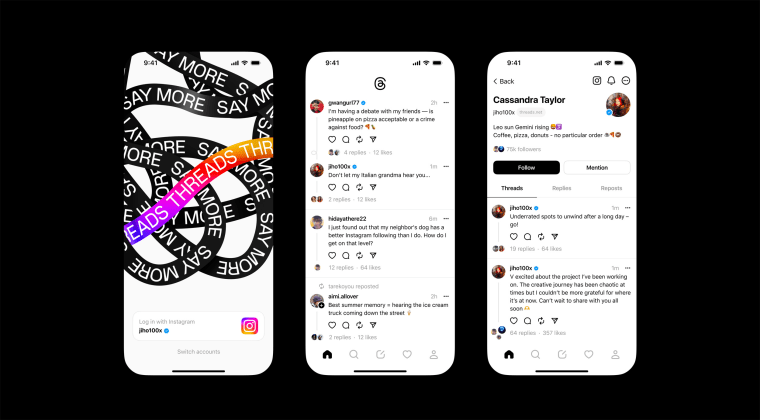Exploring Voice Search: The Future of SEO Unravelled
The human voice is replacing the keyboard, which profoundly affects SEO. Here’s how to stay ahead of the AI curve.
As we step further into the era of digital personal assistants and smart home devices, the way consumers search for information online is changing. Today, we want to discuss one of the fastest-growing search engine optimization (SEO) areas: Voice Search.
The Rise of Voice Search
In recent years, voice search has surged in popularity. Consumers appreciate the convenience of speaking their queries aloud, especially when multitasking or on the go. With the proliferation of devices like Amazon’s Alexa, Google Home, and Apple’s Siri, it’s easier than ever to perform a voice search, and this trend is only set to grow.
By 2023, experts predict that more than half of all households worldwide will own a smart speaker. Meanwhile, many mobile internet users also use voice search, reinforcing that voice is becoming a dominant search mode.
The Impact on SEO
As voice search becomes more prevalent, it will undoubtedly alter the face of SEO as we know it. This evolution will challenge marketers to adjust their strategies to accommodate this new search form.
Firstly, voice searches are typically longer and more conversational than typed queries. People speak differently than they type, and voice search is more likely to include full questions and natural language. This means keyword strategies must be revised to focus on long-tail and conversational phrases.
Secondly, voice searches are often local. People frequently use voice search to find nearby businesses or attractions. Thus, companies must ensure that their local SEO is robust and that they’re appearing in local search results.
Thirdly, speed matters in voice search. Google has clarified that fast loading times are a critical ranking factor for voice searches. This means that website performance optimization is more important than ever.
Preparing for the Voice Search Revolution
So, how can businesses adapt and prepare for the continued rise of voice search?
- Optimize for Conversational Queries: As mentioned, voice searches are often more conversational and question-based. This means focusing on long-tail keywords and phrases that mimic natural speech patterns. It’s also good to anticipate your audience’s questions and provide clear, concise answers.
- Improve Local SEO: Ensure your business appears in local search results by maintaining an up-to-date Google My Business listing and incorporating local keywords into your website’s content.
- Speed Up Your Website: Faster loading times benefit voice search and improve user experience. Prioritize website performance optimization and regularly monitor your site’s speed.
- Design for Mobile: Many voice searches are conducted on mobile devices, so having a mobile-friendly website is crucial. This means responsive design, easy navigation, and quick loading times on mobile.
- Structured Data Implementation: Structured data helps search engines understand your content and provide more accurate results. This could be especially important for voice search, as digital assistants must quickly offer precise information.
Final Thoughts
As you can see, leveraging voice search in a digital marketing strategy is crucial for businesses aiming to stay competitive and reach their target audience effectively – and adapt to their evolving behaviors and expectations.
At Onimod Global, our team of digital experts are here to help your business thrive in this ever-evolving digital landscape, from voice search optimization to other cutting-edge digital marketing strategies. Voice search represents an exciting new frontier in SEO, and we’re excited to explore it with you.
Get in touch today to learn how we can help your business embrace the voice search revolution.


